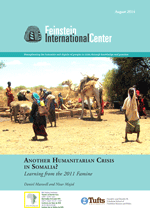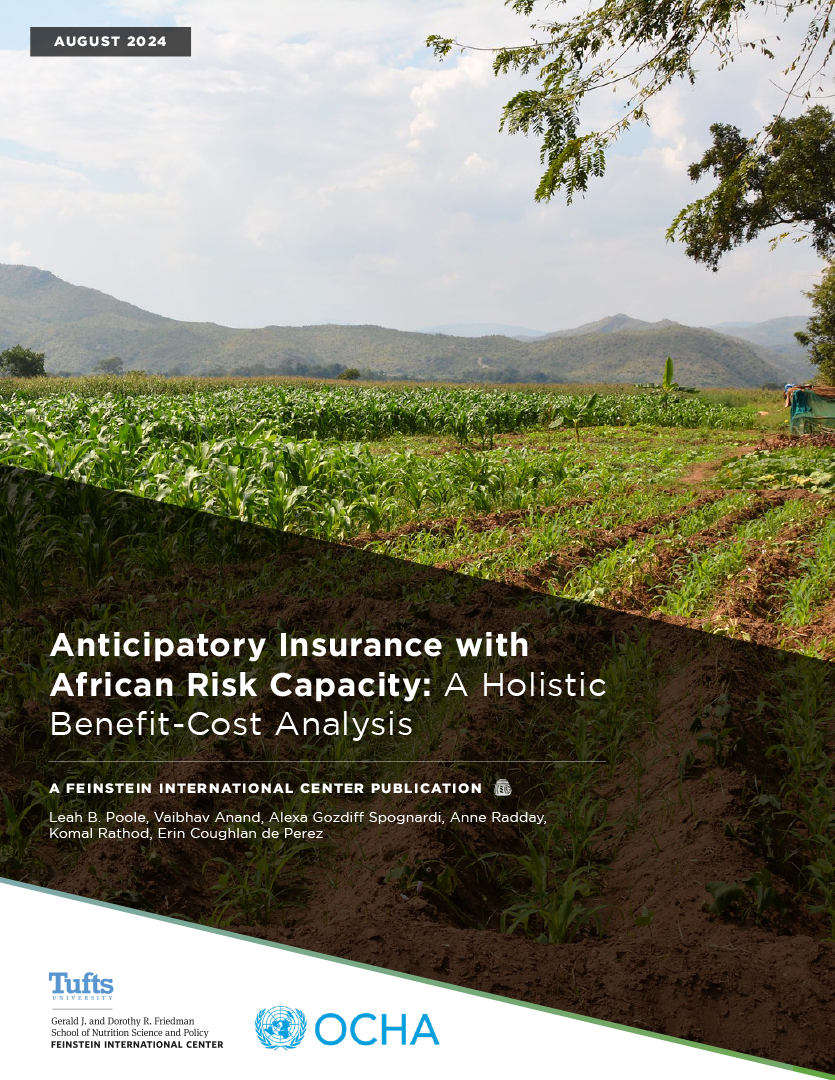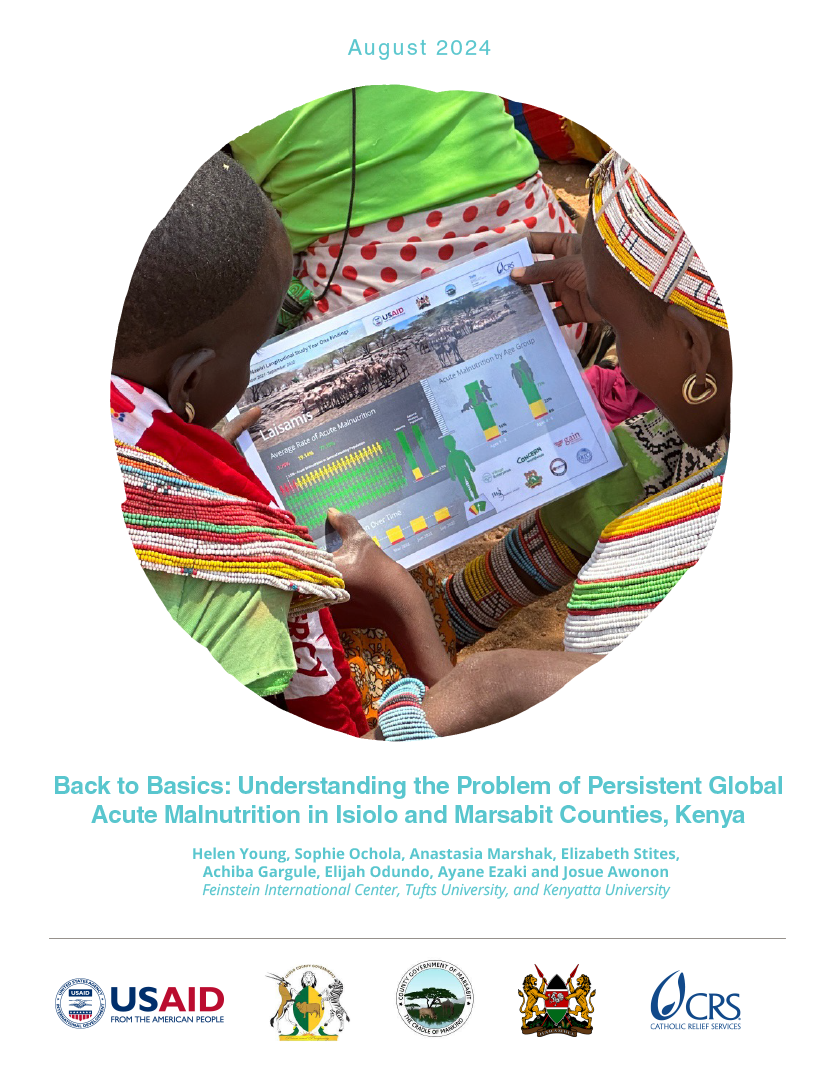After two reasonably good years of recovery, 2014 appears to be shaping up as a difficult year for Somalia. Donors and agencies are ringing alarm bells about deteriorating conditions. There is some discussion in humanitarian circles in Nairobi of “another 2011”—only this time competing for attention and funding with higher-profile crises in the Central African Republic, South Sudan, and Syria. Early Warning agencies suggest that the number of people in crisis (IPC Phase 3 or higher) is likely to reach 1 million before the end of the year. The war between Al-Shabaab and the internationally backed government of Somalia continues to dominate security worries. Compounded by deep divisions among humanitarian actors and a currently underfunded response, the current time is one of concern. Although the comparison with 2011 is over-stated, now is perhaps the time for an honest re-assessment of both the 2010–11 period and the present.
This paper quickly summarizes several of the key areas of learning from the 2011-12 famine, growing out of the research of a group at the Feinstein International Center over the past 18 months. The final report will be out by the end of the year; this brief paper highlights just a few of the findings in four areas: causes of the famine, early warning and response, addressing divisions within the humanitarian community, and the on-going role of Al-Shabaab. The paper suggests four policy considerations: First, now is the time to scale up mitigation efforts aimed at protecting the progress made during several years of fragile recovery. Second, humanitarian actors need to build a stronger socio-political analysis related to programs. Third, going forward, means must be found for having an honest discussion about risk and risk-sharing mechanisms. And fourth, preparedness measures need to reconsider means of negotiated access.







